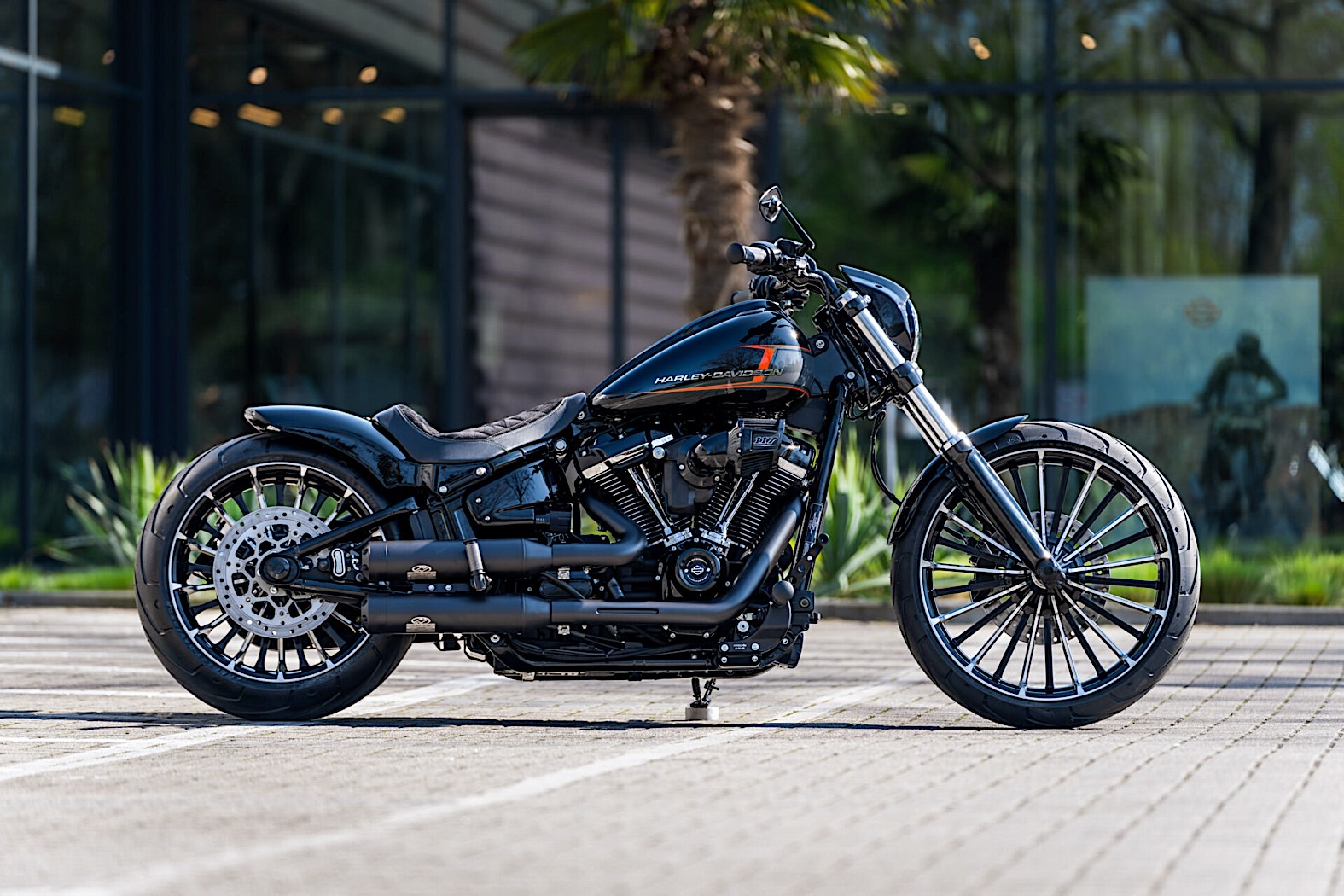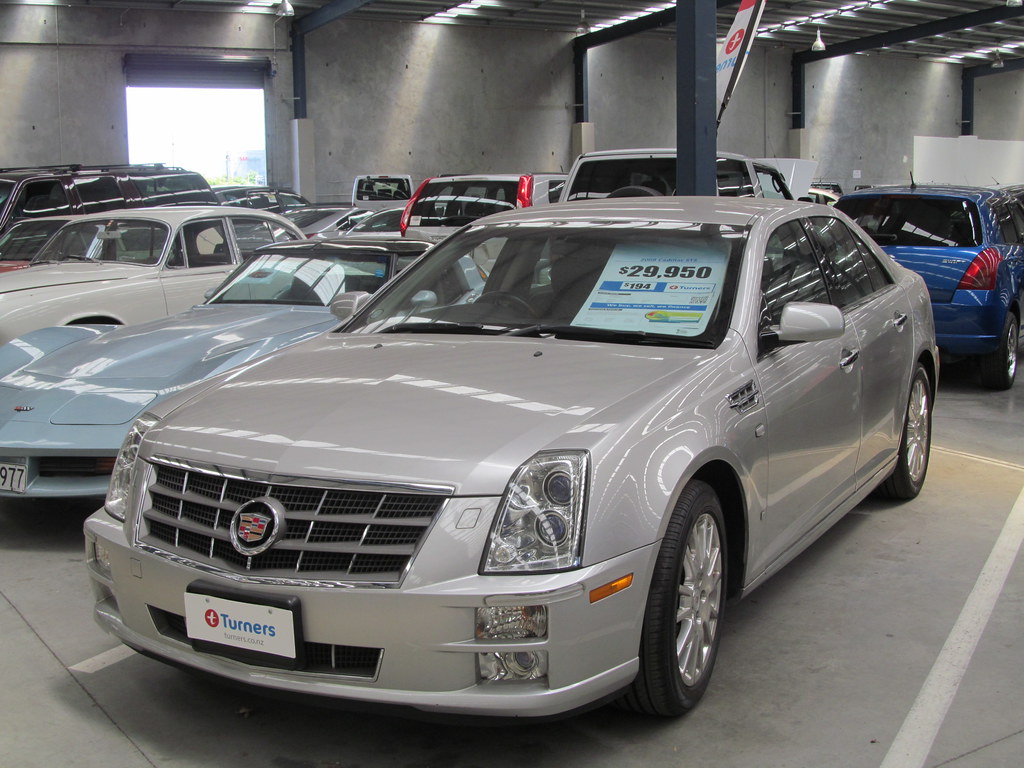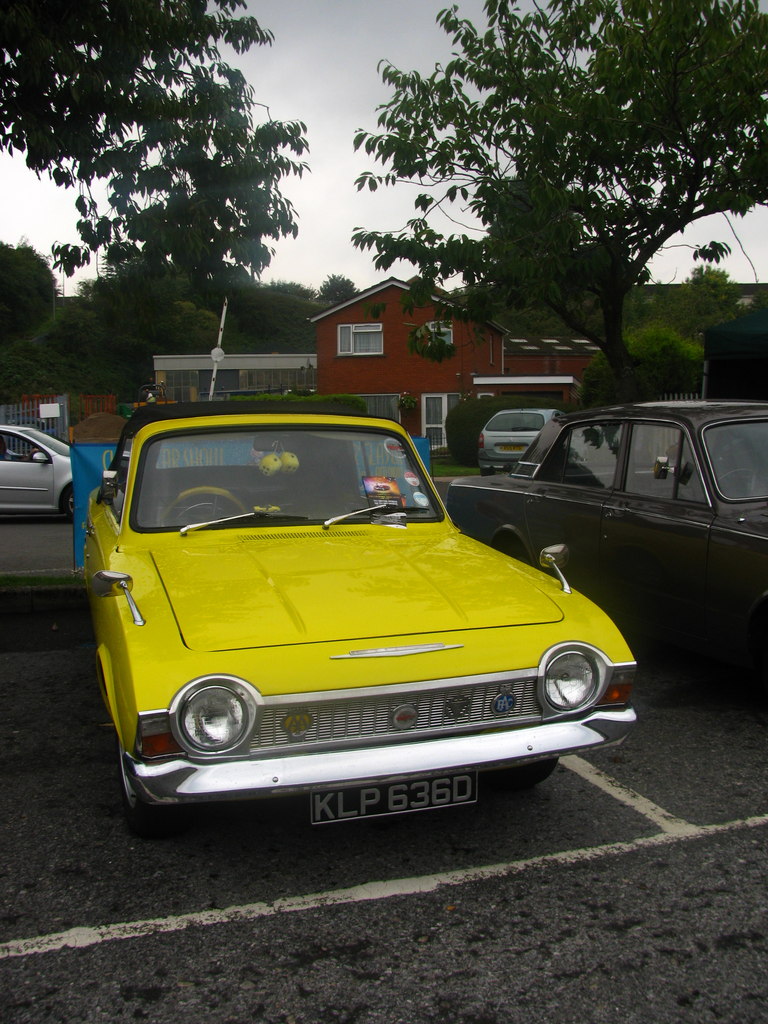
Back when coupes ruled the highways, America was cranking out two-door beauties that could stop traffic just by existing. These were the machines that announced your arrival, made heads turn, and solidified your spot in the automotive hierarchy. Meanwhile, across the pond, Europeans were busy engineering cars with the emotional range of a German tax attorney, delivering precision but often lacking soul. This was the golden age of automotive trash talk, when your coupe choice said more about you than your credit score, setting the stage for an epic transcontinental rivalry.
Before crossovers turned every soccer mom into a wannabe off-roader and before every car looked like it was designed by the same committee of caffeinated interns, coupes had personality. They had American personality, in spades. Sure, the Europeans made some nice rides too — if you consider “nice” to be synonymous with “about as exciting as watching paint dry on a Volvo.” But the real battle wasn’t just about engineering; it was about presence, attitude, and pure, unadulterated cool.
For this legendary showdown, we grabbed 12 coupes that went head-to-head during their production years — six red-blooded Americans versus six Europeans who probably apologized for being too loud. Each pairing battled for the same buyers, the same driveways, and the same Saturday night cruise spots. We judged these beauties on pure street cred: which one made you feel like you could steal someone’s girlfriend just by pulling up to a red light? Which one made other drivers question their life choices? Performance mattered, but only if it came with enough attitude to back up the looks. Think of it as a popularity contest where the cool kids always won — and spoiler alert: the Americans often brought the swagger while the Europeans brought the slide rules.
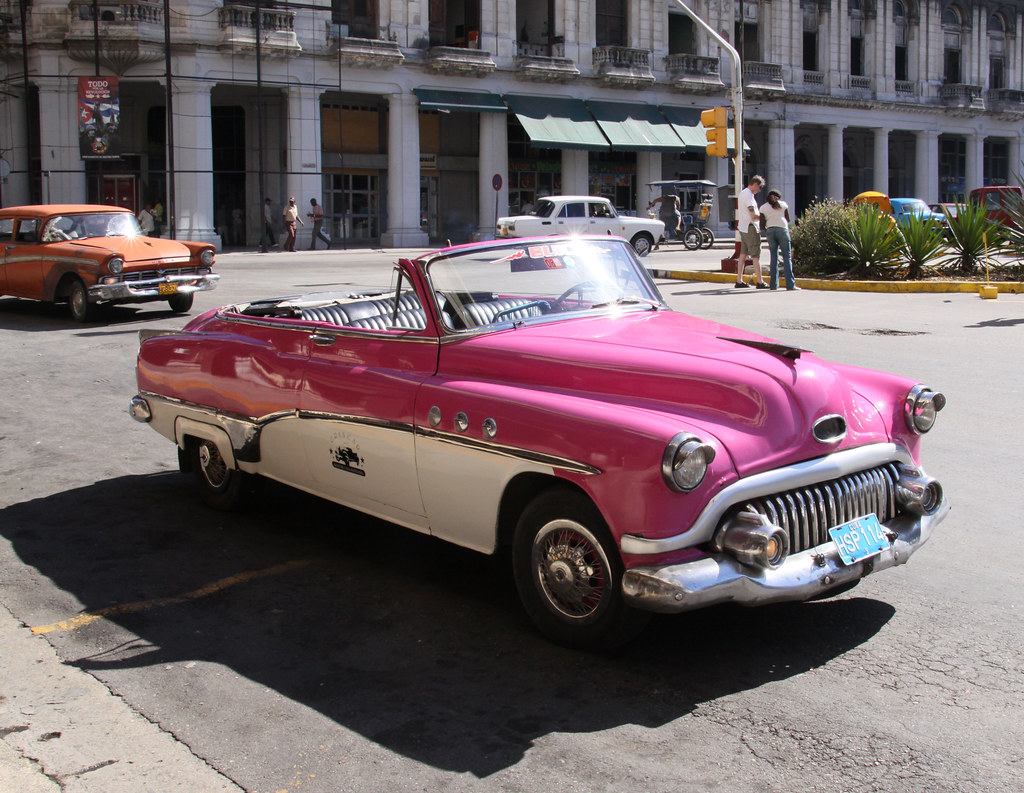
1. **Buick Riviera**The 1963 Riviera landed like a spaceship from a faraway planet with much better style. While other luxury cars were playing it safe, adhering to more conservative design philosophies, the Riviera easily out-styled everything on four wheels, grabbing attention and holding it captive. It wasn’t just a car; it was a statement, a bold declaration of American design prowess that dared to be different.
Those knife-edge lines could’ve cut glass, creating a sharp, distinctive profile that commanded respect and admiration. The boattail rear window looked like it was designed by someone who thought subtlety was a four-letter word, leaving no doubt about its audacious intent. This was a very loud reminder to anyone who thought American luxury meant “bigger but boring,” screaming that they simply didn’t know what they were talking about.
The Riviera had curves in all the right places, a symphony of sculpted metal that flowed effortlessly, and chrome that could blind a pilot at 30,000 feet, reflecting its undeniable opulence and confidence. By 1970, the Gran Sport version packed an astounding 425 cubic inches of “because we can” under the hood – that’s more displacement than most European countries’ entire automotive output, a true testament to American excess and power that left rivals in its dust.
Car Model Information: 1971 Buick Riviera
Caption: 1963 Buick Riviera
Name: Buick Riviera
Predecessor: Buick Super
Manufacturer: Buick
ModelYears: 1963–1993,1995–1999
Class: Personal luxury car
Categories: 1960s cars, 1970s cars, 1980s cars, 1990s cars, All articles with specifically marked weasel-worded phrases
Summary: The Buick Riviera is a personal luxury car that was marketed by Buick from 1963 to 1999, with the exception of the 1994 model year.
As General Motors’ first entry into the personal luxury car market segment, the Riviera was highly praised by automotive journalists upon its high-profile debut. It was a ground-up design on a new GM E platform debuting for the 1963 model year and was also Buick’s first unique Riviera model.
Unlike its subsequent GM E platform stablemates, the Oldsmobile Toronado and Cadillac Eldorado, the Riviera was initially a front engine/rear-wheel drive platform, switching to front-wheel drive starting with the 1979 model year.
While the early models stayed close to their original form, eight subsequent generations varied substantially in size and styling. A total of 1,127,261 Rivieras were produced.
The Riviera name was resurrected for two concept cars that were displayed at auto shows in 2007 and in 2013.
Get more information about: Buick Riviera
Buying a high-performing used car >>>
Brand: Buick Model: Riviera
Price: $22,499 Mileage: 91,150 mi.
Read more about: Seriously Where Did They Go? 9 Classic Sedans That Vanished From Our Streets.
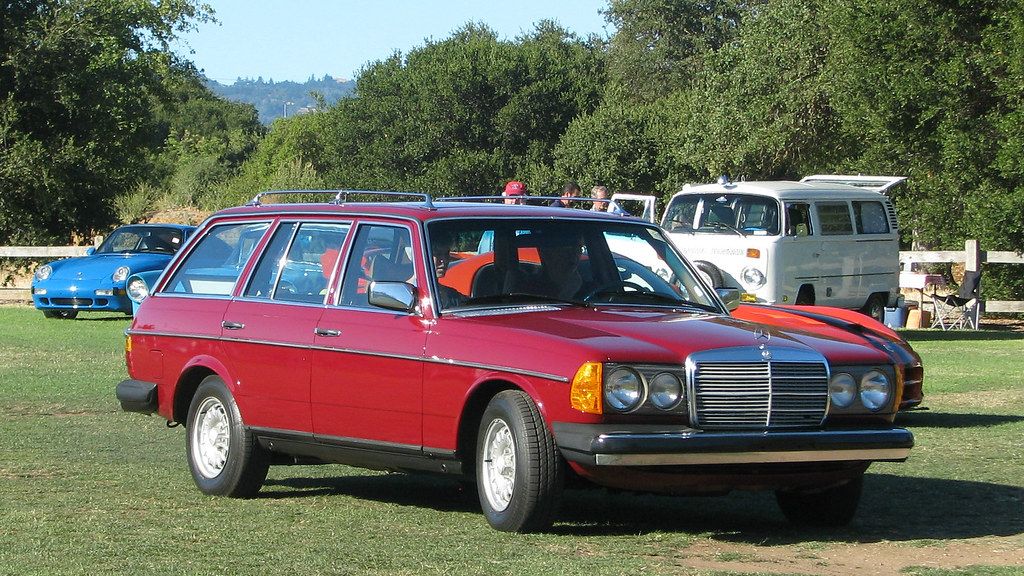
2. **Mercedes-Benz SLC**The Mercedes SLC was like that well-dressed guy at the party who knows all about wine but has never been in a bar fight. It had sophistication and pedigree, but it lacked the raw, visceral punch that truly defined a winning coupe. Mercedes took their elegant SL convertible, gave it a roof, stretched it like taffy to accommodate a tiny back seat, and then called it progress.
Sure, it was refined; there’s no denying the meticulous German engineering. And yes, it was well-built, designed to last longer than most marriages, a beacon of reliability in a sometimes-fickle automotive world. But here’s the thing: when the flamboyant Riviera rolled up to the scene, demanding attention with its audacious style, the SLC looked like it was about to ask for its papers, blending into the background rather than making a statement.
The Mercedes was the automotive equivalent of a strongly worded letter – technically correct, perfectly logical, but utterly lacking any real bite or passion. It was a car designed for people who wore ascots unironically and thought “excitement” was a second glass of sherry. The verdict in this round was clear: while SLC owners were busy explaining the finer points of German engineering, Riviera owners were out there getting phone numbers. Game, set, match.
Read more about: Beyond Nostalgia: The Emerging Classic Cars That Bridge the Boomer-Millennial Divide
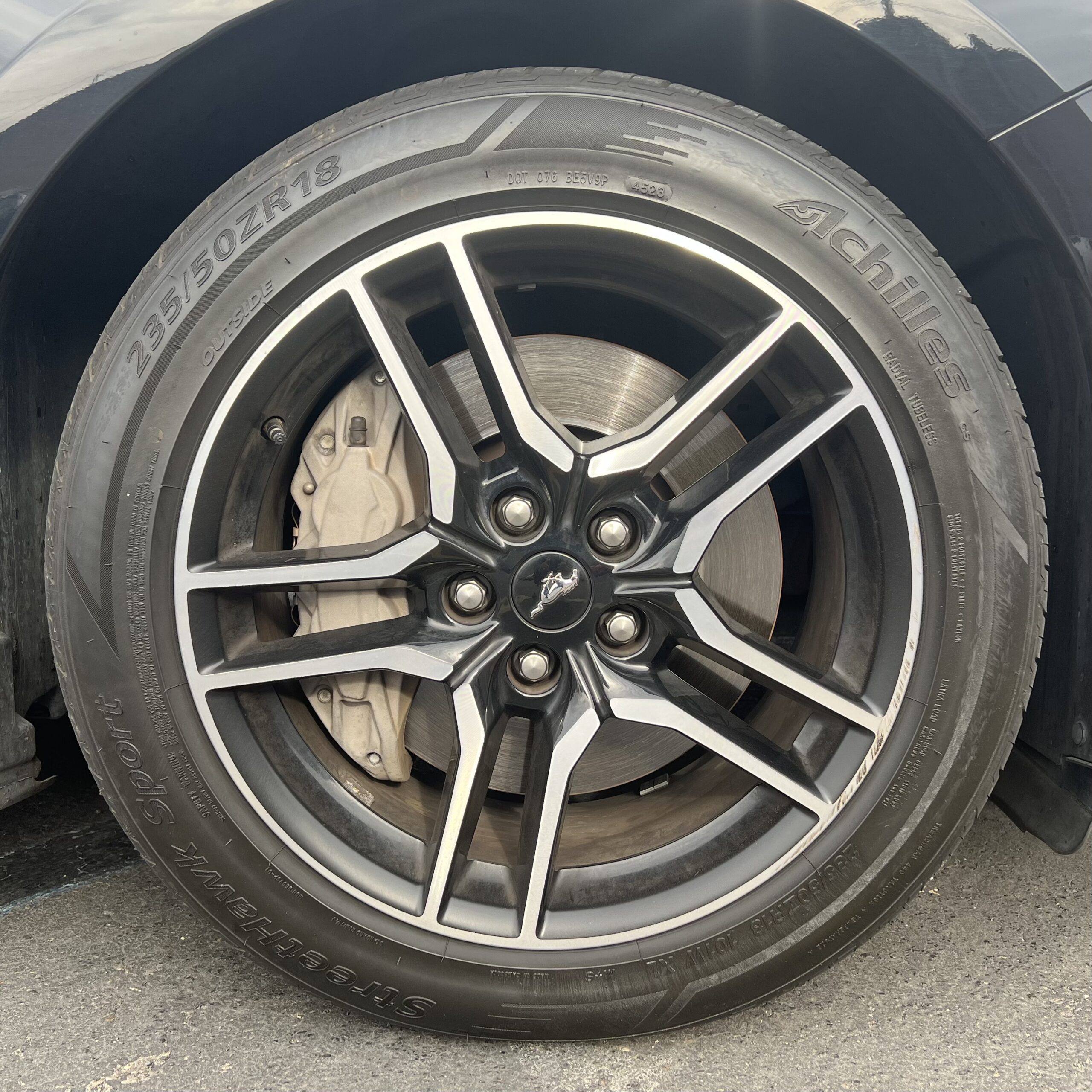
3. **Ford Mustang**The 1964½ Mustang isn’t just a car; it’s basically the founder of the pony car revolution, igniting a cultural phenomenon that changed the automotive landscape forever. For the price of a loaded Falcon, you could suddenly get a car that looked like it belonged on a movie poster, radiating cool from every angle. It was automotive democracy in action: finally, anyone could afford to look cool, and legions of buyers lined up to prove it.
What made the Mustang brilliant was its simplicity: take a decent platform, stretch it, lower it, and make it look like it was doing 90 mph while it was still parked. This innate sense of speed and style was a masterstroke. Then, Ford let people option it however they wanted, from a humble secretary special to a tire-melting monster capable of shredding pavement. It truly was the Swiss Army knife of cool – something for everyone, but always unmistakably American.
The initial reception was nothing short of historic; the Mustang sold an astonishing 22,000 units on its first day alone. That’s more cars than some European manufacturers manage to make in an entire year, even today, underscoring its immediate and overwhelming success. The Mustang wasn’t just a car; it was a cultural event, gracing lunchboxes, starring in movies, and appearing on virtually every third driveway in America, solidifying its legendary status.
Car Model Information: 2016 Ford Mustang GT
Name: Ford Mustang
Caption: 2018 Ford Mustang GT 5.0
Aka: Ford T5 (Germany)
Manufacturer: Ford Motor Company
Production: March 1964 – present
ModelYears: 1965–present
Class: Unbulleted list
BodyStyle: Unbulleted list
Layout: Front-engine, rear-wheel-drive layout
Categories: 1970s cars, 1980s cars, 1990s cars, 2+2 coupés, 2000s cars
Summary: The Ford Mustang is an American automobile manufactured and marketed by Ford since 1964, as Ford’s longest nameplate in continuous production. Currently in its seventh generation, it is the fifth-best selling Ford car nameplate. The namesake of the “pony car” automobile segment, the Mustang was developed as a highly styled line of sporty coupes and convertibles derived from existing model lines, initially distinguished by its pronounced “long hood, short deck” proportions.
Originally predicted to sell 100,000 vehicles yearly, the 1965 Mustang became the most successful vehicle launch since the 1927 Model A. Introduced on April 17, 1964 (16 days after the Plymouth Barracuda), over 400,000 units were sold in its first year; the one-millionth Mustang was sold within two years of its launch. In August 2018, Ford produced the 10-millionth Mustang; matching the first 1965 Mustang, the vehicle was a 2019 Wimbledon White convertible with a V8 engine.
The success of the Mustang launch led to multiple competitors from other American manufacturers, including the Chevrolet Camaro and Pontiac Firebird (1967), AMC Javelin (1968), and Dodge Challenger (1970). It also competed with the Plymouth Barracuda, which was launched around the same time. The Mustang also had an effect on designs of coupes worldwide, leading to the marketing of the Toyota Celica and Ford Capri in the United States (the latter, by Lincoln-Mercury). The Mercury Cougar was launched in 1967 as a unique-bodied higher-trim alternative to the Mustang; during the 1970s, it included more features and was marketed as a personal luxury car.
From 1965 until 2004, the Mustang shared chassis commonality with other Ford model lines, staying rear-wheel-drive throughout its production. From 1965 to 1973, the Mustang was derived from the 1960 Ford Falcon compact. From 1974 until 1978, the Mustang (denoted Mustang II) was a longer-wheelbase version of the Ford Pinto. From 1979 until 2004, the Mustang shared its Fox platform chassis with 14 other Ford vehicles (becoming the final one to use the Fox architecture). Since 2005, the Mustang has used the D2C platform, unique to the Mustang.
Through its production, multiple nameplates have been associated with the Ford Mustang series, including GT, Mach 1, Boss 302/429, Cobra (separate from Shelby Cobra), and Bullitt, along with “5.0” fender badging (denoting 4.9 L OHV or 5.0 L DOHC V8 engines).
Get more information about: Ford Mustang
Buying a high-performing used car >>>
Brand: Ford Model: Mustang
Price: $29,261 Mileage: 24,710 mi.
Read more about: 15 Iconic Nameplates: Classic Car Brands Fueling the Electric Revolution
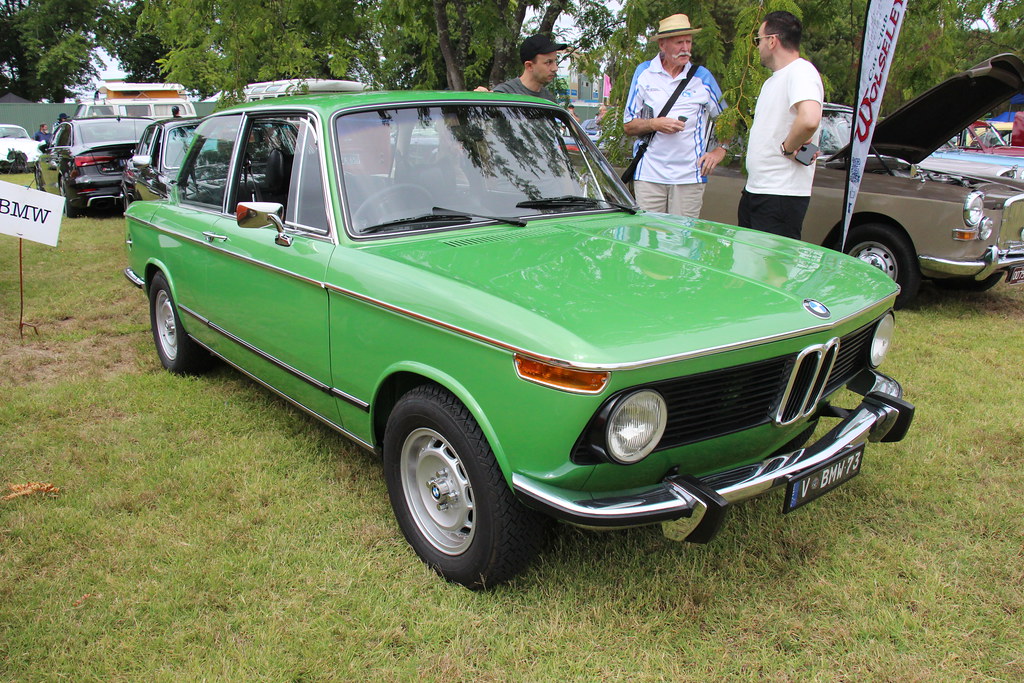
4. **BMW 2002**The BMW 2002 was Europe’s answer to the American pony car, except it didn’t really understand the question. While America was focused on bold statements and brute force, the 2002 offered a different kind of exhilaration. It was light, sharp, and eager to corner — the kind of car that meticulously rewarded smooth inputs and fiercely punished any attempts at showboating.
With its boxy body and upright greenhouse, the 2002 looked like it was designed by someone who measured fun with a slide rule, prioritizing precision and efficiency over flamboyant aesthetics. To be fair, it drove brilliantly. Its rear-wheel drive, MacPherson struts, and a rev-happy inline-four made it a backroad scalpel, a master of winding roads. In the right hands, it could absolutely embarrass much larger and more powerful machines.
But here’s the rub: compared to the Mustang, it utterly lacked presence. The Mustang was a pop culture icon, splashed across lunchboxes, featured in movies, and ubiquitous on every third driveway in America. The 2002, by contrast, was admired quietly by engineers and early adopters who used the word “dynamics” in casual conversation. The verdict? The Mustang was a cultural event. The BMW 2002 was a clever footnote. One got looks at the stoplight; the other merely got nods in the service bay.
Car Model Information: 1971 BMW 2002
Name: BMW 02 Series
Caption: BMW 1600-2
Production: 1966–1977,837,038 units
Assembly: Munich
Class: Compact executive car
BodyStyle: 2-door coupé , 2-door convertible , 3-door hatchback
Layout: Front-engine, rear-wheel-drive layout
Engine: ubl
Wheelbase: cvt
Length: cvt
Width: cvt
Height: cvt
Weight: cvt
Transmission: 4-speed manual , 5-speed manual ,3-speed automatic
Successor: BMW 3 Series (E21)
Designer: Giovanni Michelotti
Manufacturer: BMW
Categories: 1970s cars, Articles with short description, BMW vehicles, CS1 German-language sources (de), CS1 Italian-language sources (it)
Summary: The BMW 02 Series is a range of sporty compact executive cars produced by German automaker BMW between 1966 and 1977, based on a shortened version of the New Class Sedans.
The first 02 Series produced was the 1600-2 (later renamed 1602) in 1966. In 1975, the 02 Series was replaced by the E21 3 Series (except for the 1502 model, which continued until 1977).
Get more information about: BMW 02 Series
Buying a high-performing used car >>>
Brand: BMW Model: 2002
Price: $45,550 Mileage: 5,001 mi.
Read more about: 15 Iconic Nameplates: Classic Car Brands Fueling the Electric Revolution
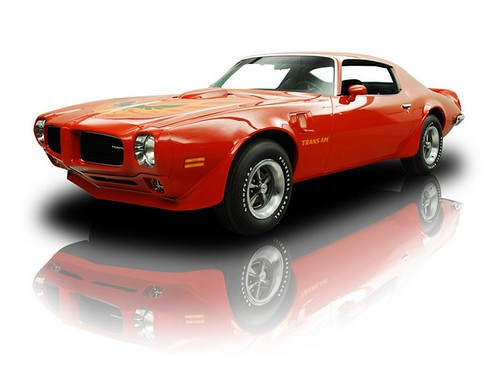
5. **Pontiac Firebird**The Firebird looked at the Mustang’s monumental success and, with a swaggering confidence only Pontiac could muster, said, “Hold my drink — watch this.” If the Mustang was a versatile Swiss Army knife, then the Firebird was an unapologetically brutal machete, designed for one purpose: to dominate. Those flared fenders weren’t just for show; they were a warning, and the grille looked angry enough to make you consider filing assault charges.
This was a car that came with an attitude problem straight from the factory, an inherent defiance in its very design. It didn’t want to blend in or be subtle — it wanted to be the undeniable reason other cars developed an inferiority complex, shrinking in its shadow. The legendary Trans Am versions took things even further, boasting outrageous graphics packages that made it look like it belonged in a comic book, a true superhero of the blacktop.
It was automotive testosterone with bucket seats, a pure, unadulterated dose of American muscle car spirit. The 1977 Trans Am, in particular, transcended mere vehicle status to become the undisputed star of *Smokey and the Bandit*. Try getting that kind of undeniable street cred with a European import; it simply wasn’t going to happen. The Firebird was a legend in its own time, a machine that commanded the screen and the road with equal authority.
Car Model Information: 1985 Pontiac Firebird
Name: Pontiac Firebird
Caption: The second, third, and fourth generations of,the Pontiac Firebird Trans Am
Manufacturer: Pontiac (automobile)
Production: February 23, 1967 – August 30, 2002
ModelYears: 1967 – 2002
Class: Pony car,Muscle car
Platform: GM F platform
Related: Chevrolet Camaro
Layout: Front engine, rear-wheel-drive layout
Categories: 1970s cars, 1980s cars, 1990s cars, 2000s cars, All articles with dead external links
Summary: The Pontiac Firebird is an American automobile built and produced by Pontiac from the 1967 to 2002 model years. Designed as a pony car to compete with the Ford Mustang, it was introduced on February 23, 1967, five months after GM’s Chevrolet division’s platform-sharing Camaro. This also coincided with the release of the 1967 Mercury Cougar, Ford’s upscale, platform-sharing version of the Mustang.
The name “Firebird” was also previously used by GM for the General Motors Firebird series of concept cars in the 1950s.
Get more information about: Pontiac Firebird
Buying a high-performing used car >>>
Brand: Pontiac Model: Firebird
Price: $26,000 Mileage: 12,209 mi.
Read more about: Gearhead God: A High-Octane Tour Through John Cena’s Legendary American Muscle Car Empire
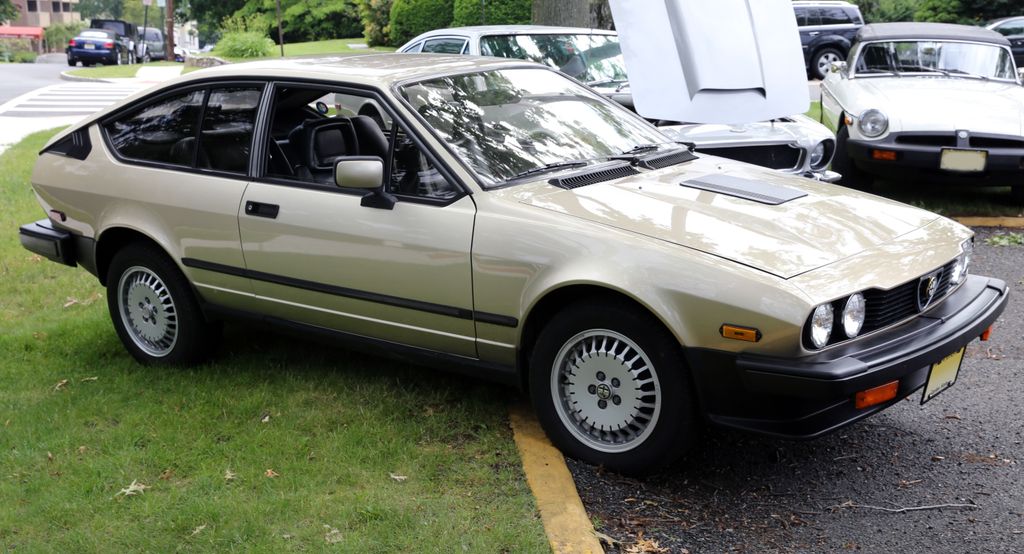
6. **Alfa Romeo GTV6**The Alfa Romeo GTV6 was tougher to deal with than your unstable ex, demanding endless patience and often delivering heartbreak. When it actually worked, it was pure poetry in motion, a masterclass of Italian automotive artistry. That glorious V6 engine sounded like angels singing Italian opera, a mechanical symphony that could stir the soul of any true enthusiast. And on the right road, it could dance through corners like Baryshnikov on wheels, demonstrating unparalleled agility and grace.
The colossal problem, however, was that the GTV6 spent more time at the shop than it did on the road, leaving owners with a profound sense of frustration. You’d find yourself in therapy, not for life’s usual stresses, but literally asking why you stayed with such a temperamental, high-maintenance machine. Its brilliance was often overshadowed by its exasperating unreliability, a recurring theme for many Alfa Romeo aficionados.
Alfa Romeo had this amazing talent for building cars that looked gorgeous and drove magnificently, truly captivating the heart, but then, almost inexplicably, adding electrical systems designed by drunk chimps and body panels that would rust if you merely looked at them wrong. The GTV6 was peak Alfa: a tantalizing 70% brilliant, but a maddening 30% a breakdown waiting to happen. The verdict in this round was brutal: the Firebird was the star of *Smokey and the Bandit* while the GTV6 was just smoking on the side of the road. Italian Engineering Logic, as Alfa Romeo probably mused, must be: “Why make it reliable when you can make it beautiful and fast?”
Continuing our deep dive into the ‘Cool War,’ we move past the initial skirmishes and into the heart of the battle, where the next six iconic coupes either clinched victory or sealed their fate in the annals of automotive history. This section spotlights their distinct personalities, exploring how some rose to become kings of the coupe era while others, well, ended up looking a bit more like jesters. Get ready to crown some more winners and point out some more cautionary tales, all in the spirit of automotive honesty.
Car Model Information: 2025 Audi Q7 55 Premium Plus
Name: Alfa Romeo Alfetta
Caption: 1978 Alfa Romeo Alfetta GTV 2.0
Manufacturer: Alfa Romeo
Production: 1972–1987
Assembly: Arese,Rosslyn, Gauteng
BodyStyle: Sedan (automobile)
Layout: Front-engine, rear-wheel-drive layout
Related: Alfa Romeo Giulietta (116),Alfa Romeo Alfa 6,Alfa Romeo 90
Categories: 1980s cars, Alfa Romeo vehicles, Articles with short description, CS1 Dutch-language sources (nl), CS1 French-language sources (fr)
Summary: The Alfa Romeo Alfetta (Type 116) is a front-engine, five-passenger saloon and fastback coupé manufactured and marketed by Italian automaker Alfa Romeo from 1972 to 1987 with a total of over 400,000 units produced during its production run.
The Alfetta was noted for the rear position of its transaxle (clutch and transmission) and its De Dion tube rear suspension — an arrangement designed to optimize handling by balancing front/rear weight distribution, as well as maintaining a low polar moment of inertia and low center of gravity. The interior of Coupé models featured a then unusual central tachometer placement — by itself, directly in front of the driver.
The Alfetta name, which means “little Alfa” in Italian is derived from the nickname of the Alfa Romeo Alfetta (Tipo 159), a successful Formula One car which in its last iteration introduced in 1951, paired a transaxle layout to De Dion tube rear suspension — like its modern namesake.
Get more information about: Alfa Romeo Alfetta
Buying a high-performing used car >>>
Brand: Alfa Romeo Model: GTV6
Price: $55,675 Mileage: 20,490 mi.
Read more about: Critical Stellantis Recall: Comprehensive Breakdown of 72,000 UK Vehicles Facing Engine Fire Risk
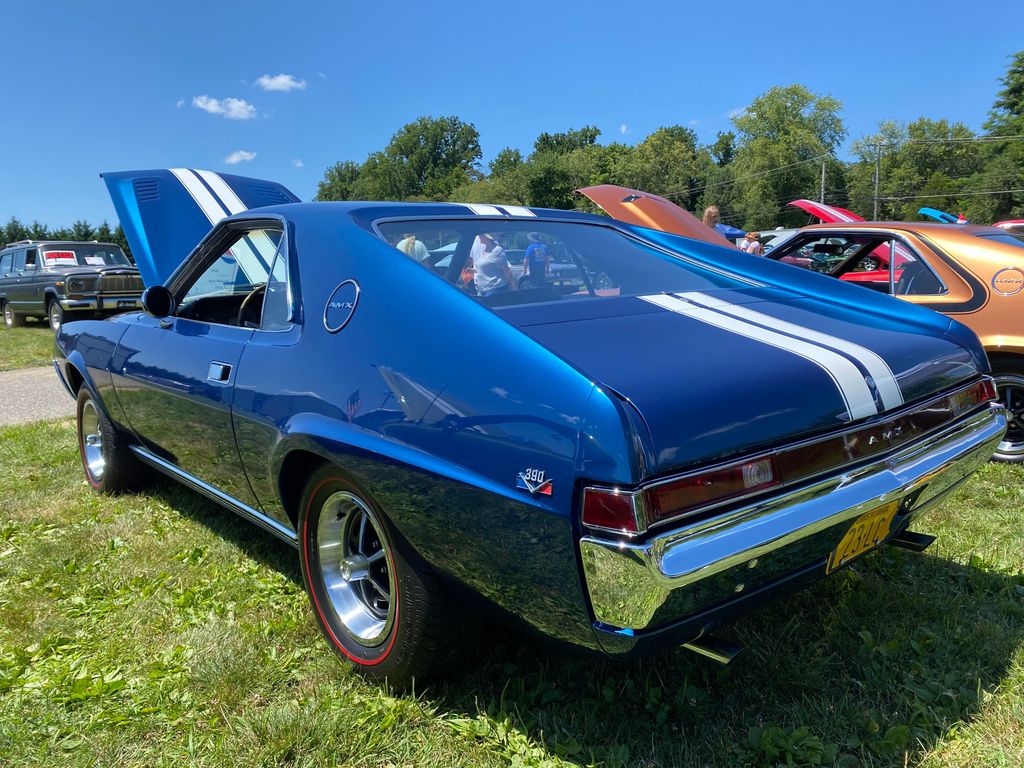
7. **AMC AMX**The AMC AMX was what happened when the smallest kid in the automotive playground decided to take on the bullies with a punch to the gut. AMC looked at giants like Ford, GM, and Chrysler doing their muscle car thing and, with audacious confidence, said, “We can do that too — just watch us.” The result was a compact bruiser that packed more attitude per square inch than anything else rolling out of Detroit at the time, proving that size isn’t always everything.
This was a pure two-seater that didn’t apologize for being different, embracing its unique niche with unapologetic fervor. While everyone else was busy building four-seat compromises, trying to please families and speed demons alike, AMC went full commitment: just you, your lucky passenger, and enough V8 thunder to make both of you question your life insurance policy. It might have looked a bit wimpy from some angles, like the underdog in a fight, but it consistently ended up beating up the bigger guy, showcasing that true grit and an unapologetic spirit trump brute size.
Let’s not forget the sheer audacity of AMC during this period. They were so small, they practically had to share platforms with Jeep, a brand more accustomed to traversing mountains than dominating drag strips. Yet, somehow, with a blend of ingenuity and sheer willpower, they made it work, transforming humble underpinnings into a bona fide American muscle car that defied expectations and delighted enthusiasts.
Read more about: The Enduring Allure of the AMC Javelin: Unpacking Its Worth, Speed, and Underrated Legacy for Today’s Enthusiasts
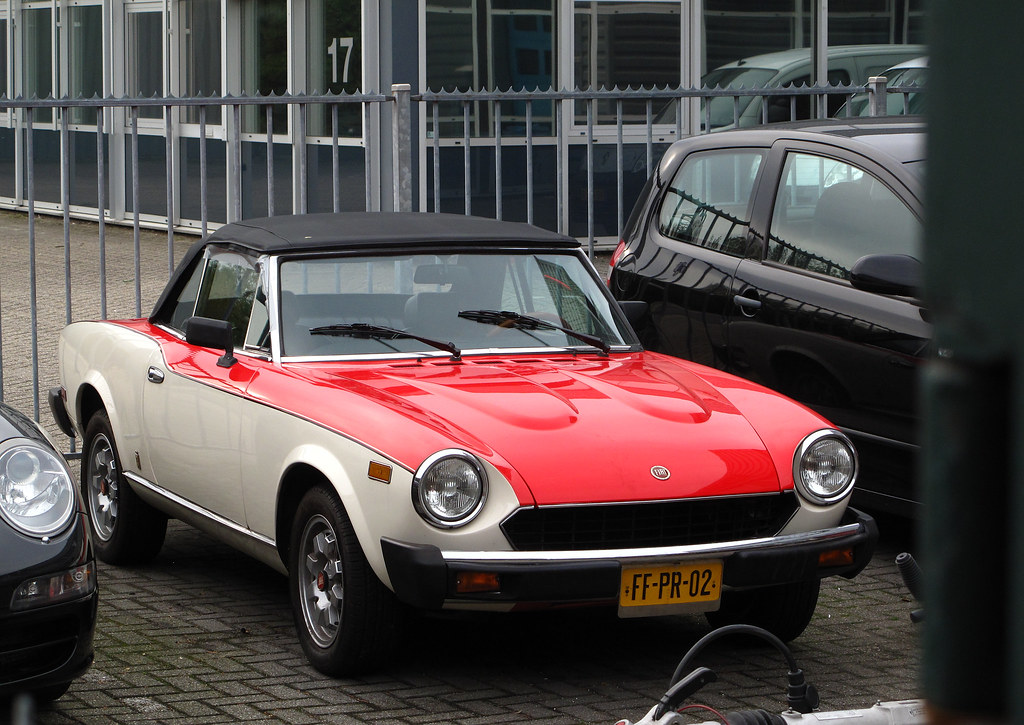
8. **Fiat 124 Sport Coupe**Across the Atlantic, the Fiat 124 Sport Coupe looked like it had just strolled out of a Fellini film, radiating effortless cool and Italian flair. It boasted crisp, elegant lines, a rev-happy twin-cam engine that sung a sweet song, and the kind of sophisticated style you expected from a stylish Italian two-door. On the surface, it was a design masterpiece, a beautiful piece of automotive art that promised grand tours and sun-drenched coastal drives.
However, like too many fashion icons, it had a few deep-seated issues lurking beneath that impeccably tailored exterior. Rust, that notorious foe of Italian steel, showed up early and often, turning dreams of classic car ownership into a battle against oxidation. And reliability, well, it tended to ghost you just when things were getting good, leaving you stranded and pondering your life choices while admiring its elegant but immobile form.
This was in stark contrast to the AMX, which didn’t care a lick about subtlety or delicate styling flourishes. The AMC was a two-seater muscle coupe that punched well above its weight, looking like it meant serious business, all snarl and no fuss. There was no fluff, no frills, just pure V8 grunt and an attitude that screamed ‘get out of my way,’ a true embodiment of raw American power that left no room for doubt about its intentions.
The verdict in this round was clear, almost brutal: the Fiat 124 Sport Coupe looked absolutely great pulling up to the café, turning heads with its European charm. But the AMX? The AMX looked infinitely better leaving it sideways, a cloud of tire smoke in its wake, embodying the kind of visceral excitement and carefree abandon that the Fiat, for all its beauty, simply couldn’t deliver. The Italian beauty may have charmed, but the American brute left an unforgettable impression.
Car Model Information: 2025 Audi Q7 55 Premium Plus
Name: Fiat 124 Sport Coupé
Caption: 1969 Fiat 124 Coupé 1400 (series 1)
Manufacturer: Fiat Automobiles
Production: 1967–1975
Designer: Felice Mario Boano
Class: Sports car
BodyStyle: notchback,coupé
Layout: Front-engine, rear-wheel-drive layout
Related: SEAT 124 Sport
Engine: Inline-four engine,1,608 cc I4 (BC),1,592 cc I4 (CC),1,756 cc I4 (CC)
Transmission: Manual transmission
Wheelbase: 2420 mm
Abbr: on
Length: {{convert,4115,mm,in,1,abbr=on
Width: 1670 mm
Height: 1340 mm
Weight: {{convert,960,kg,lbs,0,abbr=on
Disp: flip BC
Predecessor: Fiat 1300/1500
Successor: Fiat 131,Fiat Coupé
Sp: uk
Categories: 1970s cars, All articles needing additional references, All articles with unsourced statements, Articles needing additional references from January 2017, Articles with short description
Summary: The Fiat 124 Sport Coupé is a two-door, four-seater notchback coupé produced by the Italian automaker Fiat in three generations between 1967 and 1975. It was based on the Fiat 124 saloon.
Its four cylinder aluminum and iron, twin overhead cam “Lampredi engine” was designed by ex-Ferrari engineer Aurelio Lampredi. Originally, the AC, or first generation, featured a 1,438 cc engine, which grew to 1,608 cc in the second, or BC, generation. The third generation, or CC, was first officially offered with the 1,592 cc and later the 1,756 cc engine (some early CC models left the factory with left over 1,608 cc engines).
Equipment included a five-speed gearbox (although very early AC models featured a four-speed), four wheel power disc brakes, double wishbone front suspension, one carburetor per cylinder (two dual-choke Weber or Solex carburetors on the BC series 1608 engine—except for the USA version which received mild carburation due to emissions constraints), electric fuel pump (on the CC series), and suspension by coil springs.
The Fiat 124 Sport Coupé was also built under license in Spain with 1600 (FC-00) and 1800 (FC-02) engines as the SEAT 124 Sport.
Get more information about: Fiat 124 Sport Coupé
Buying a high-performing used car >>>
Brand: Fiat Model: 124 Sport Coupe
Price: $55,675 Mileage: 20,490 mi.
Read more about: General Motors: Deciphering a Century of Automotive Milestones, Innovations, and Challenges for the Informed Consumer
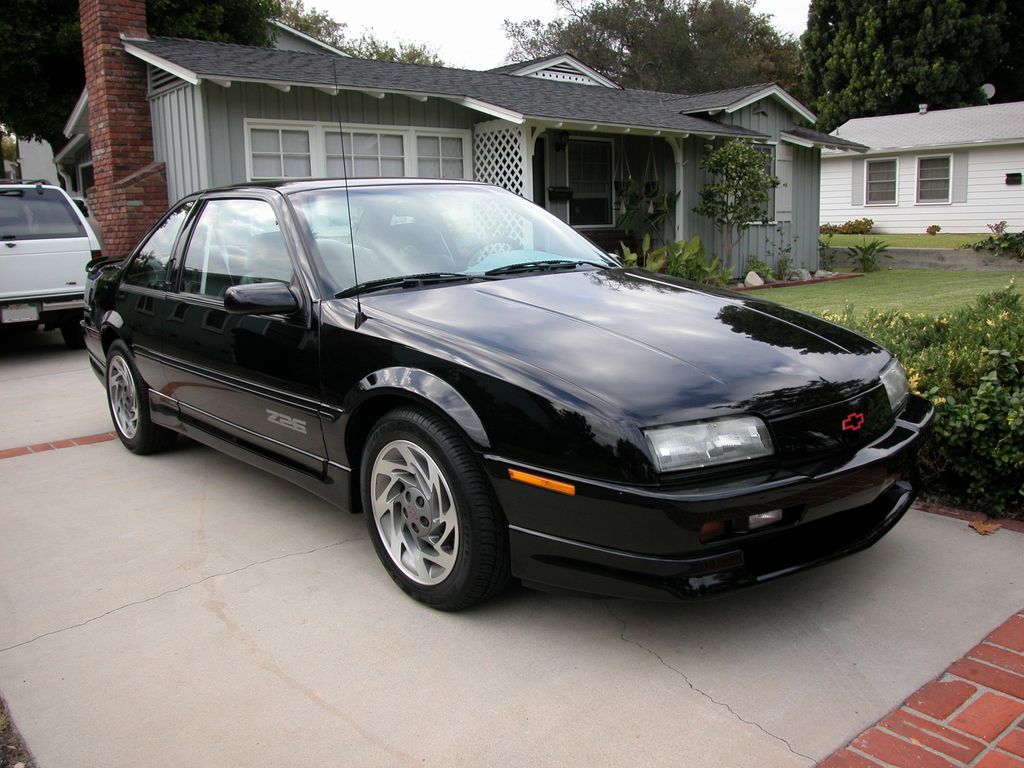
9. **Chevrolet Beretta (1987–1996)**The Chevrolet Beretta was GM’s unapologetically bold attempt to grab a significant slice of attention in the burgeoning front-wheel-drive coupe market. With its aggressive wedge-shaped profile, seamlessly flush glass, and dramatic body lines, it commanded a presence that few of its rivals could even hope to match. It was a statement piece, a clear signal that GM was ready to play hard in the competitive arena of sporty coupes.
The GT and Z26 versions, in particular, were not subtle about their intentions, practically screaming their performance aspirations from every angle. Decked out with striking stripes, prominent chin spoilers, and audacious color-coded wheels, these models looked utterly ready for Saturday night laps around the local hangout. They were designed to turn heads, to challenge perceptions, and to ignite a sense of youthful rebellion that resonated deeply with their target audience.
For buyers looking for something brash, stylish, and remarkably affordable, the Beretta was an undeniable magnet. It served up just enough V6 power to credibly back up its aggressive appearance, delivering a spirited driving experience. Paired with stiffly bolstered seats, quick and responsive steering, and those eye-catching styling packages, it truly possessed a serious street personality, making it the perfect choice for young drivers who wanted to be noticed and weren’t afraid to take a few chances to get there.
Car Model Information: 1988 Chevrolet Beretta Base
Name: Chevrolet Beretta
Caption: 1996 Chevrolet Beretta Z26
Manufacturer: Chevrolet
Production: 1987–1996
ModelYears: 1987–1996
Class: Sport compact
BodyStyle: coupe
Transmission: Turbo-Hydramatic 125,automatic transmission
Layout: Front-engine, front-wheel-drive layout
Platform: GM L platform
Related: Chevrolet Corsica,Pontiac Tempest
Successor: Chevrolet Malibu,Chevrolet Monte Carlo
Predecessor: Chevrolet Citation,Chevrolet Celebrity
Wheelbase: 103.4 in
Abbr: on
Assembly: Wilmington, Delaware
Length: 187.2 in
Width: 68.2 in
Height: 55.3 in
Engine: ubl
Designer: Jerry Palmer
Categories: 1990s cars, All articles needing additional references, All articles with unsourced statements, Articles needing additional references from July 2013, Articles with short description
Summary: The Chevrolet Beretta is a coupé that was produced by Chevrolet from 1987 until 1996. Alongside the four-door Chevrolet Corsica, the Beretta served as the successor to the Chevrolet Citation. Slotted between the Cavalier and Lumina/Monte Carlo coupes, the Beretta was distinguished by its vertical door handles mounted on the B-pillar, a design feature later used by the Chevrolet Lumina coupe and its GM W-body counterparts.
The Beretta shared the front-wheel drive GM L platform with the Corsica; replacing the X-body platform, the L-body was designed by Chevrolet, with the rest of General Motors using the Oldsmobile-designed N-body. The body was designed in the same design studio as the contemporary Camaro and Corvette. For 1990, a Beretta convertible conversion was selected as the Indianapolis 500 pace car; though a replica was initially considered as a convertible, the production replica was offered as a coupe.
During its production, the Beretta was assembled alongside the Corsica and Pontiac Tempest sedans (the latter sold only in Canada) in GM facilities in Wilmington, Delaware, and Linden, New Jersey.
Get more information about: Chevrolet Beretta
Buying a high-performing used car >>>
Brand: Chevrolet Model: Beretta
Price: $8,877 Mileage: 13,996 mi.
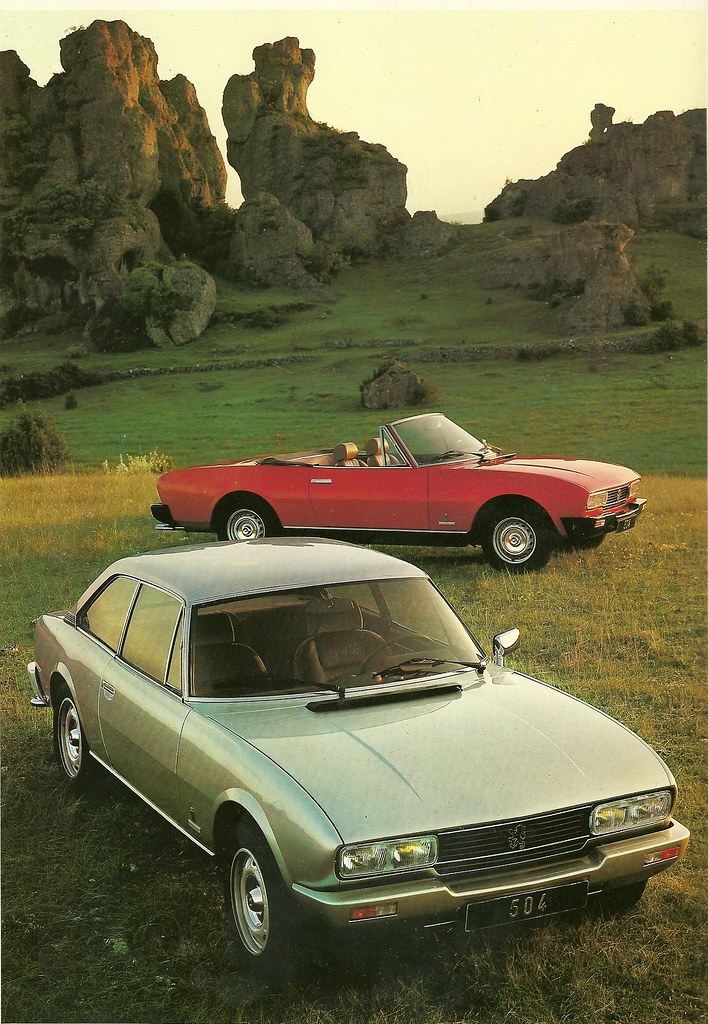
10. **Peugeot 406 Coupé (1997–2004)**In stark contrast, the Peugeot 406 Coupé presented an entirely different approach to automotive aesthetics, with the kind of design that drew attention for all the right, understated reasons. Masterfully shaped by the legendary Pininfarina design house, it featured smooth, harmonious proportions and clean, unblemished lines that bestowed upon it an air of quiet elegance. The result was unequivocally one of the more refined and sophisticated-looking European coupes of its entire era, a testament to timeless design principles.
It was a car built for comfort, boasting a beautifully balanced chassis that made long journeys a pleasure, and its composed demeanor was easy to admire, even if few drivers in the U.S. ever had the privilege of seeing one in person. This was a coupe designed for effortless cruising, for savoring the journey, and for those who appreciated subtlety over showmanship, a true connoisseur’s choice in a world increasingly clamoring for flash.
Performance, however, was never its primary selling point, and this crucial aspect significantly limited its broader reach in markets obsessed with horsepower and acceleration. While it exuded undeniable style and a remarkable sense of composure on the road, it rarely left much of a lasting impression or excitement once the road trip came to its inevitable end. It was pleasant, but perhaps too polite for its own good, often fading into the background of more boisterous offerings.
Despite earning significant praise within design circles for its graceful form and understated beauty, the Peugeot 406 Coupé never quite managed to find much ground with a wider audience of buyers, especially those who were looking for something more expressive, more visceral, and ultimately, more memorable. It was a beautiful car, a true work of art, but it lacked the raw, engaging personality that truly grabs the automotive enthusiast’s heart and refuses to let go.
The verdict in this round was a testament to market impact and sheer presence: the Chevrolet Beretta, with its unapologetic aggression and youthful swagger, stood out far more strongly during its time and successfully connected with a much wider, more enthusiastic audience. The Peugeot may have been a design darling, but the Beretta was the car people *wanted* to drive to be seen.
Car Model Information: 2025 Audi Q7 55 Premium Plus
Name: Peugeot 406
Manufacturer: Peugeot
Aka: Peugeot Coupé
Production: 1995–2004 (France),1996–2008 (Egypt),1997–2005 (Coupé)
Assembly: Sochaux
Designer: :it:Davide Arcangeli
Url: https://www.stationhaxo.fr/2022/06/30/davide-arcangeli-deux-oeuvres-majeures-en-heritage/
Title: Davide Arcangeli : deux œuvres majeures en héritage
AccessDate: Wed Sep 21 2022 17:00:00 GMT-0700 (Pacific Daylight Time)
Work: stationhaxo.fr
Date: 30 June 2022
Class: Mid-size car
BodyStyle: Sedan (automobile)
Layout: Front-engine, front-wheel-drive layout
Related: Citroën Xantia
Engine: ubl
Transmission: ZF Friedrichshafen,ZF 4HP20 transmission
Wheelbase: 2700 mm
Abbr: on
Length: 4555 mm
Width: 1764 mm
Height: 1396 mm
Predecessor: Peugeot 405,Peugeot 504
Successor: Peugeot 407
Categories: 2000s cars, All Wikipedia articles written in British English, All articles that may contain original research, All articles with unsourced statements, Articles that may contain original research from January 2010
Summary: The Peugeot 406 is a large family car that was produced by French automaker Peugeot between 1995 and 2004. Available in saloon, estate and coupé bodystyles with a choice of petrol or turbodiesel engines, the 406 replaced the Peugeot 405 in Peugeot’s lineup, and was itself replaced by the Peugeot 407.
Get more information about: Peugeot 406
Buying a high-performing used car >>>
Brand: Peugeot Model: 406 Coupé
Price: $55,675 Mileage: 20,490 mi.
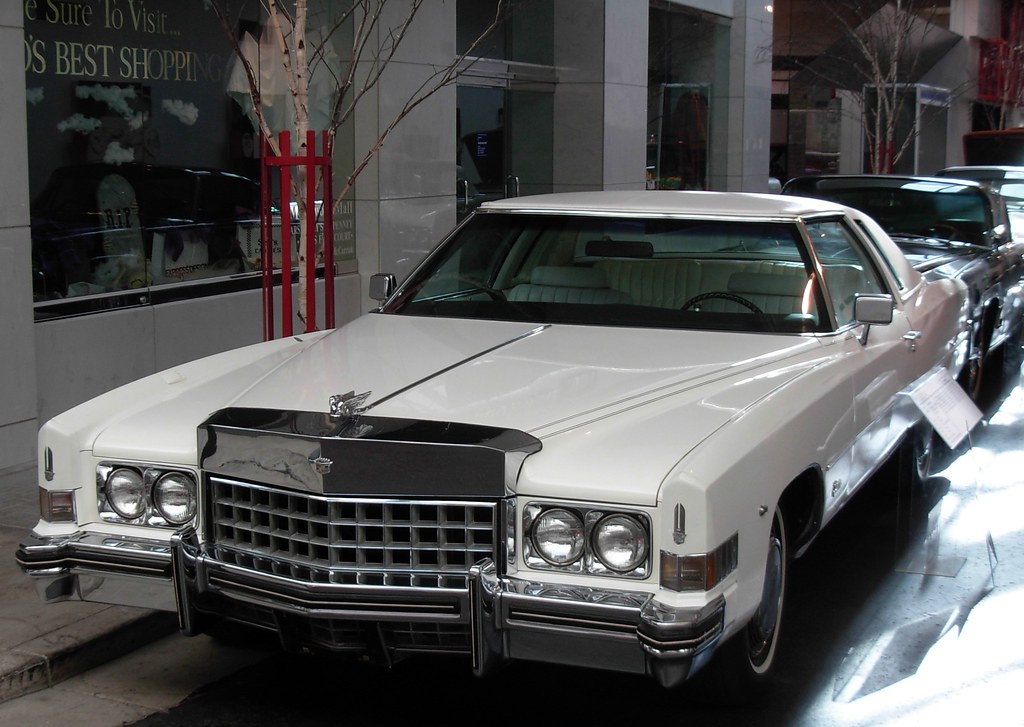
11. **Cadillac Eldorado (1979–1985)**When Cadillac boldly downsized the Eldorado for its 1979 iteration, it somehow managed to perform a miraculous feat: it didn’t lose an ounce of its monumental sense of presence. The sharp, commanding body lines, the proudly upright grille, and the distinctly formal roofline all conspired to make it look like it rightfully belonged in an exclusive hotel valet line, complete with gleaming whitewalls and subtle opera lamps glowing softly in the dusk. Even with its numerically smaller footprint, this Eldorado effortlessly retained that unmistakable Cadillac attitude, staying absolutely true to the idea that a coupe, especially a Cadillac coupe, should always feel like an undisputed flagship.
The interior experience doubled down on unadulterated luxury, a true sensory overload of opulence and technological marvels for its time. Digital climate controls hummed softly, fiber-optic warning lights blinked with futuristic allure, and there was enough meticulously crafted chrome switchgear to make you feel like you were operating a small, bespoke appliance store, rather than a mere car. Drivers had the supreme choice of sinking into either a plush, pillow-top velour seat that felt like a cloud or opting for the richly appointed optional leather, but either way, it was exquisitely built for long, effortless drives where comfort reigned supreme and effort was kept to an absolute minimum.
This particular generation of the Eldorado quickly became a go-to choice for customizers eager to imprint their unique vision, a cherished gem for discerning collectors, and indeed, anyone who still wanted to roll up and look like they owned not just the road, but the entire room they entered. It was unapologetically not subtle, and that, paradoxically, was precisely a significant part of its enduring charm. The Eldorado didn’t just lean into every single bit of Cadillac identity; it reveled in it, ensuring that nobody, not for a moment, ever mistook it for anything else less grand.
Car Model Information: 1976 Cadillac Eldorado Convertible
Caption: 1963 Cadillac Eldorado Convertible
Name: Cadillac Eldorado
Manufacturer: Cadillac
Production: 1952–2002
Layout: Front-engine, rear-wheel-drive layout
Aka: Cadillac Fleetwood Eldorado
Class: Personal luxury car
Successor: Cadillac CTS
Categories: 1960s cars, 1970s cars, 1980s cars, 1990s cars, 2000s cars
Summary: The Cadillac Eldorado is a luxury car manufactured and marketed by the Cadillac Motor Car Division of General Motors from 1952 until 2002, over twelve generations.
The Eldorado was at or near the top of the Cadillac product line. The original 1953 Eldorado convertible and the Eldorado Brougham models of 1957–1960 had distinct bodyshells and were the most expensive models offered by Cadillac during those years. The Eldorado was never less than second in price after the Cadillac Series 75 limousine until 1966. Beginning in 1967, the Eldorado retained its premium position in the Cadillac price structure, but was manufactured in high volumes on a unique, two-door personal luxury car platform.
The Eldorado carried the Fleetwood designation from 1965 through 1972, and was seen as a modern revival of the pre-war Cadillac V-12 and Cadillac V-16 roadsters and convertibles.
Get more information about: Cadillac Eldorado
Buying a high-performing used car >>>
Brand: Cadillac Model: Eldorado
Price: $28,499 Mileage: 31,898 mi.
Read more about: Driving the Narrative: The Iconic Vehicles of Stranger Things and Their Unseen Influence
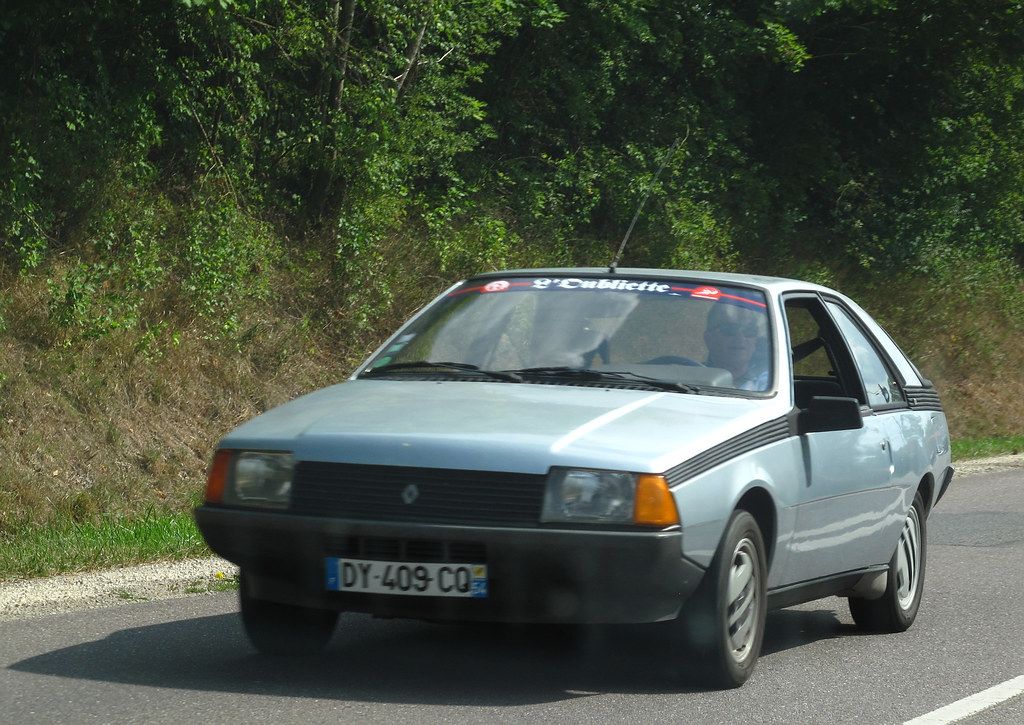
12. **Renault Fuego (1980–1986)**Meanwhile, across the pond, the Renault Fuego looked like it was desperately trying to predict the future with its radically sweeping roofline, its distinctive wraparound glass, and its sleek, flush detailing. It possessed the undeniable shape of something sporty, modern, and utterly forward-thinking, and its name, ‘Fuego’ (Spanish for fire), added just enough exotic flair to make it sound intriguing. Advertised as sleek, aerodynamic, and revolutionary, it seemed like an ideal fit for Americans who craved something European and sophisticated without having to spend a king’s ransom. In practice, however, it just didn’t land with the kind of impact or success that Renault had so earnestly hoped for.
Despite its undoubtedly bold and visually progressive styling, the Fuego ultimately lacked both the power and, more critically, the build quality to genuinely live up to its own ambitious design promises. The interior, while functional, felt rather basic and decidedly uninspired, betraying the sleek exterior. And as for reliability, well, that was a constant, nagging question mark, often a source of frustration that plagued owners and eroded confidence in its European pedigree. It was a case of style over substance, and the substance was sorely missed.
Sales of the Fuego fizzled out remarkably fast in the American market, like a damp firecracker, and consistent support from the manufacturer never really followed through. It vanished from the U.S. market as quietly and unceremoniously as it had arrived, leaving behind a name that most people remembered more for the way it sounded—exotic and fiery—than for the way it actually drove, which was often forgettable or, worse, problematic. It was a fleeting spark that never truly caught fire.
And so, the verdict in this final round was clear and unequivocal: the Cadillac Eldorado, with its enduring presence, undeniable personality, and unwavering staying power, ultimately possessed everything the ambitious but ultimately flawed Renault Fuego never managed to find. The Eldorado was a testament to an era, a car that commanded respect and attention, while the Fuego simply became a footnote, a valiant but ultimately unsuccessful attempt at capturing a slice of the American automotive dream.
So there you have it: the full tally from the ‘Cool War’ of coupes, where American swagger consistently outmaneuvered European precision. While our friends across the pond built some genuinely excellent cars—more reliable, often better handling, and undeniably more refined—there’s a truth that spreadsheet warriors often miss: sometimes, the heart just wants pure exhilaration. American coupes, like the Riviera or the Firebird, didn’t just move you from point A to B; they transformed you. They were rolling statements of personality, attitude, and enough sheer presence to change the very atmosphere when they rolled into view. These weren’t just cars; they were an era, loud, proud, and unapologetically themselves, a kind of automotive honesty that feels like a lost art in today’s increasingly beige world. The Europeans can keep their slide rules; we’ll take the passion every single time.


